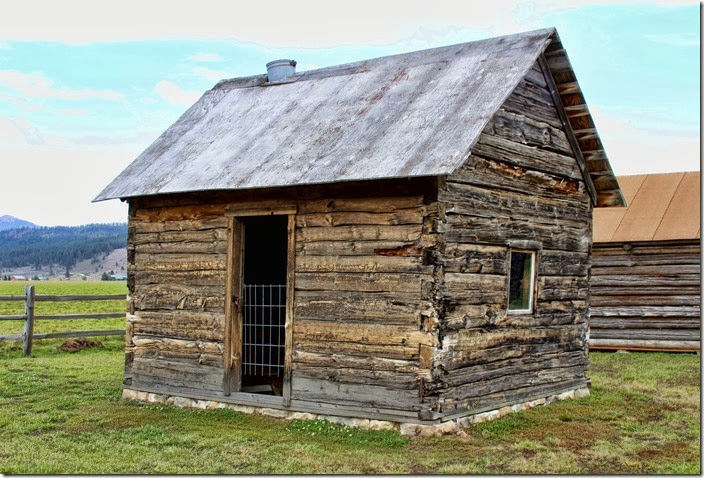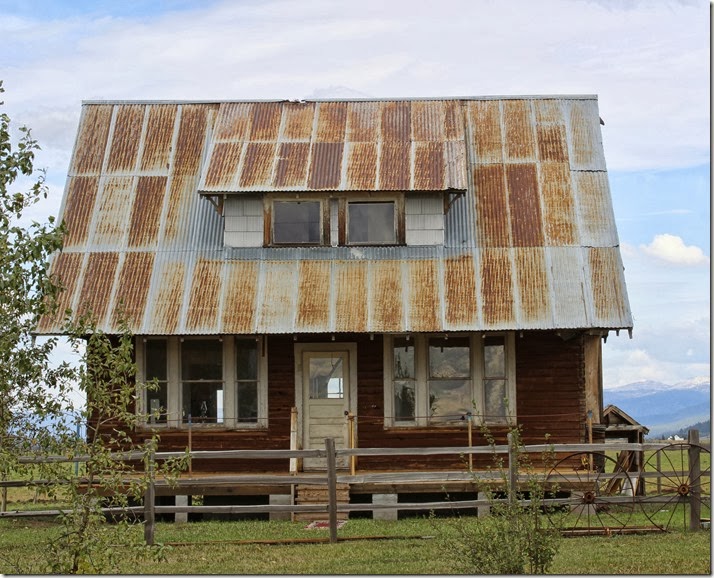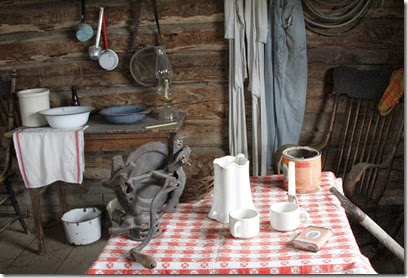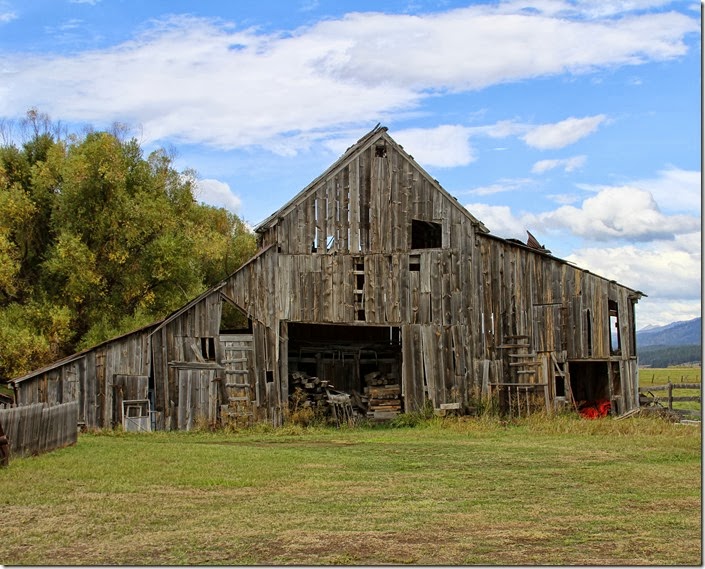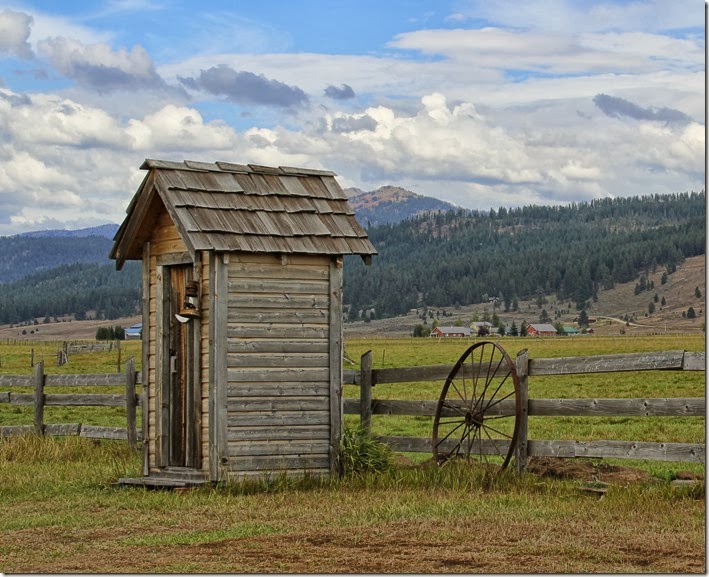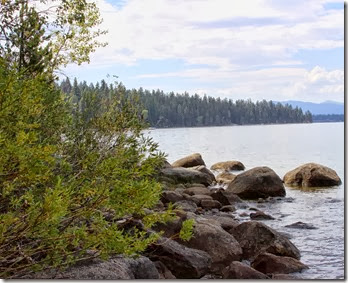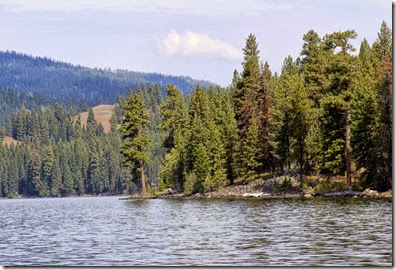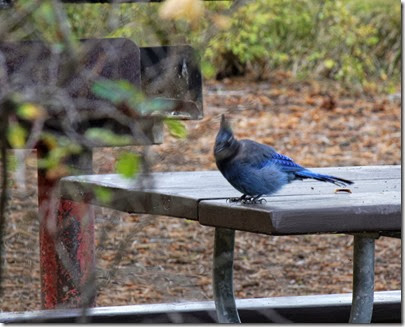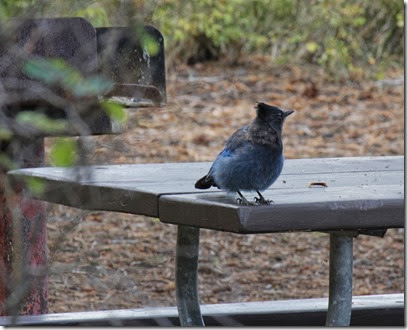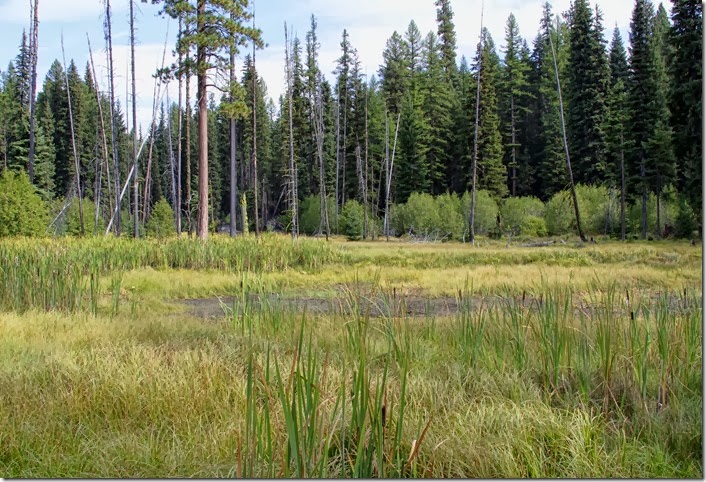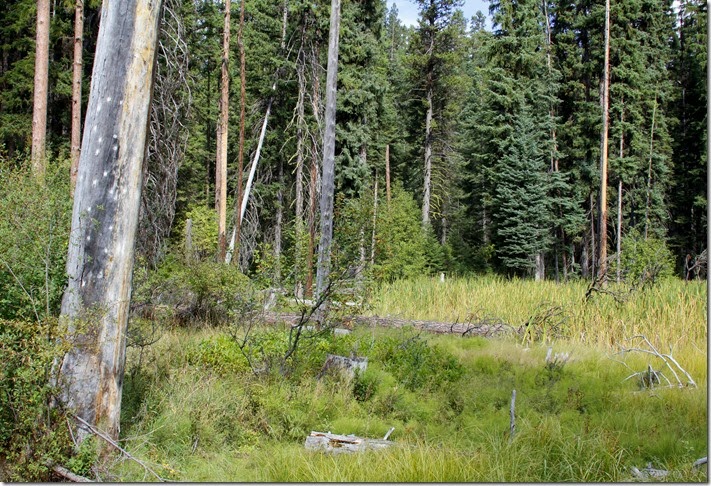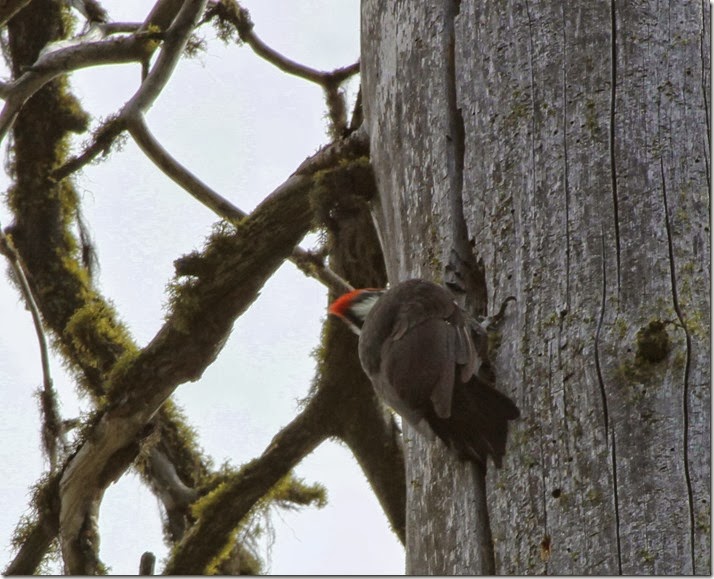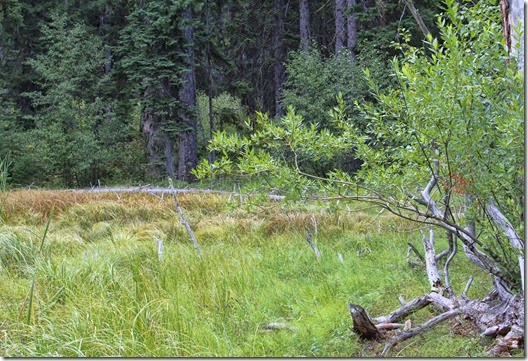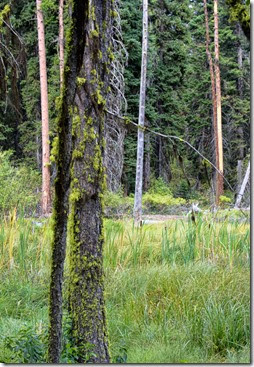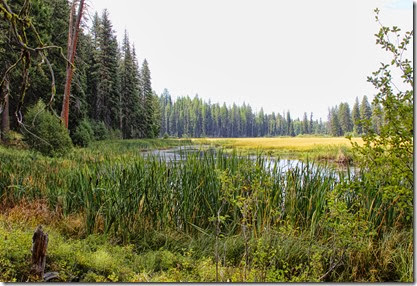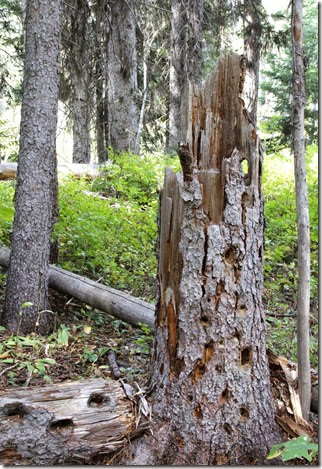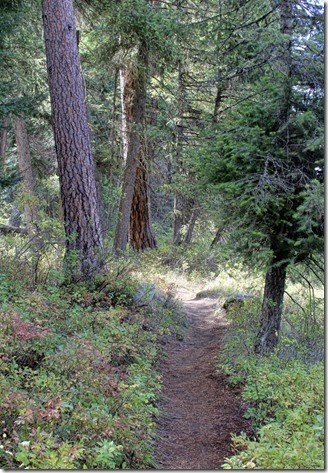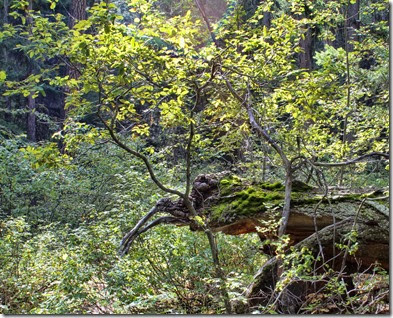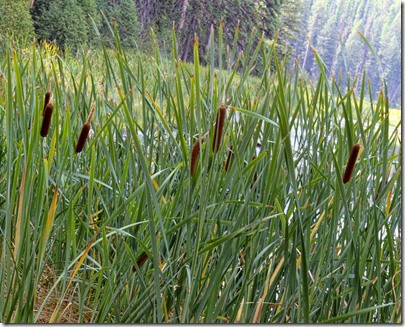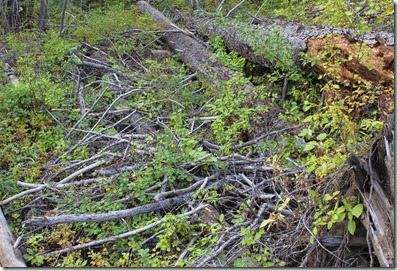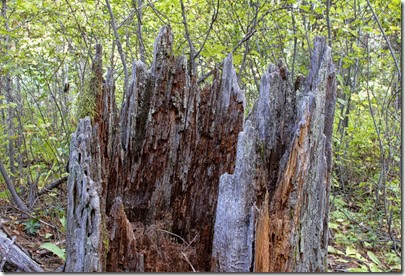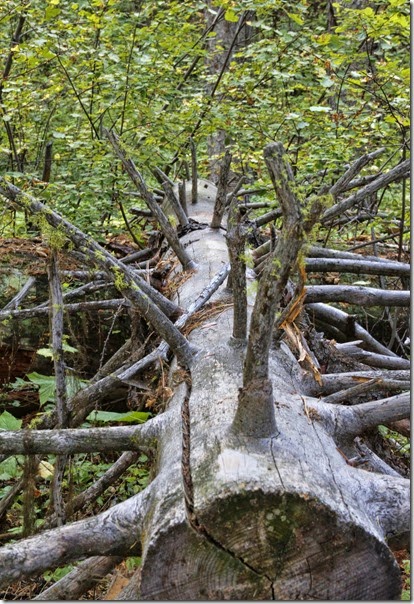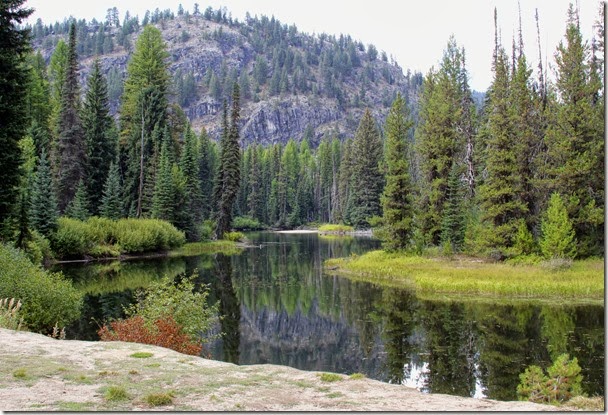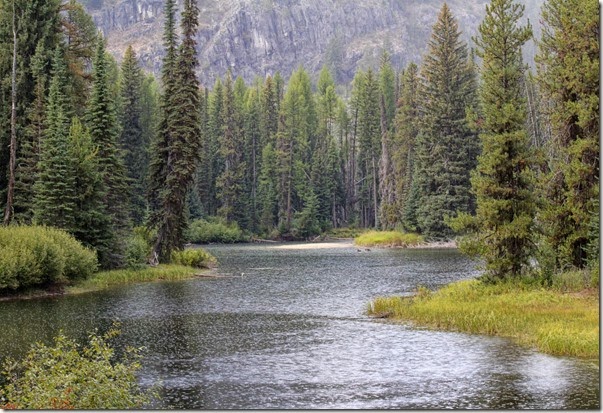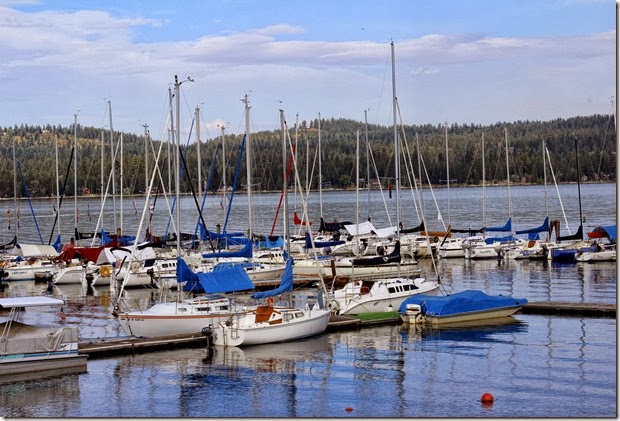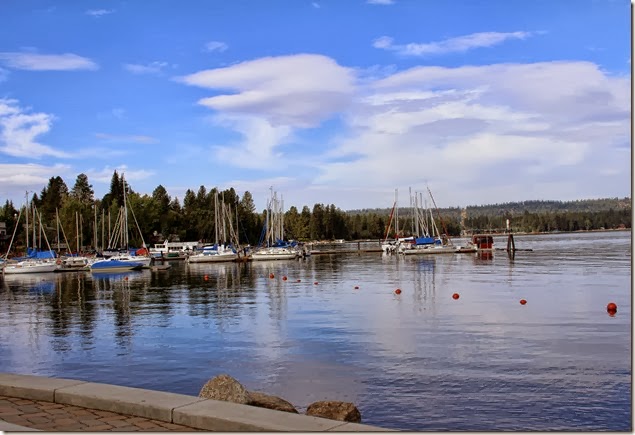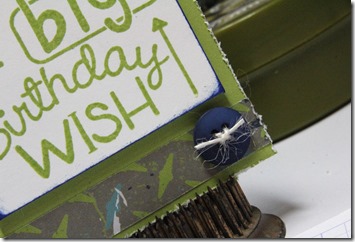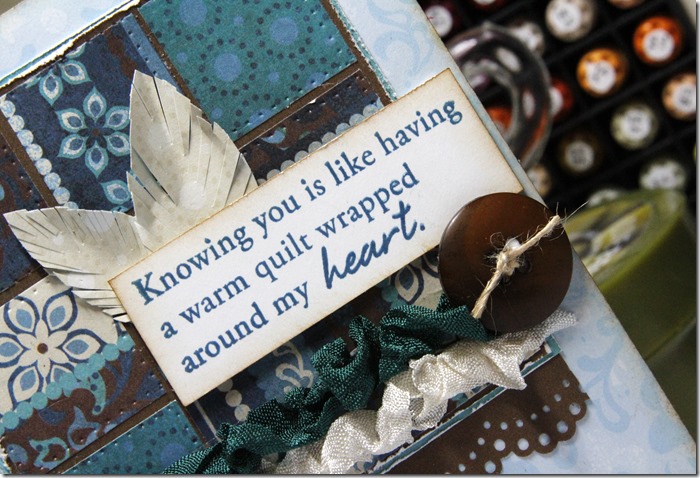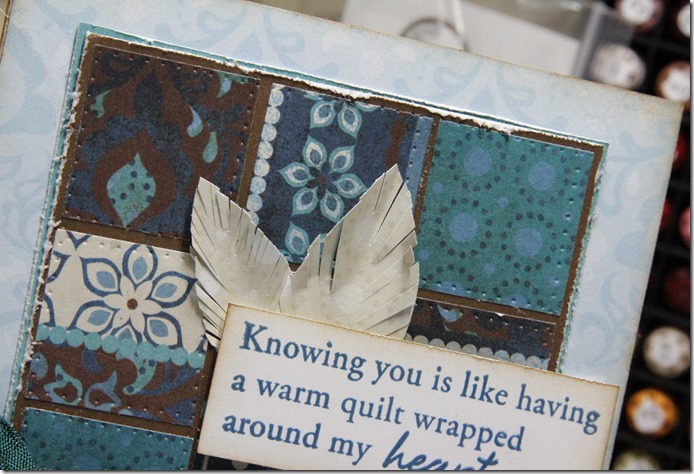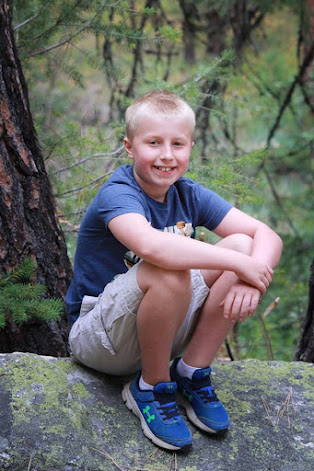It the middle of Idaho is The Craters of the Moon National Monument and Preserve.
Craters of the Moon formed during eight major eruptive periods between 15,000 and 2000 years ago. Lava erupted from the Great Rift, a series of deep cracks that start near the visitor center and stretch 52 miles (84 km.) to the southeast. During this time the Craters of the Moon lava field grew to cover 618 square miles.The smaller Wapi and Kings Bowl lava fields also formed along the Great Rift during the most recent eruptive period (approximately 2000 years ago).
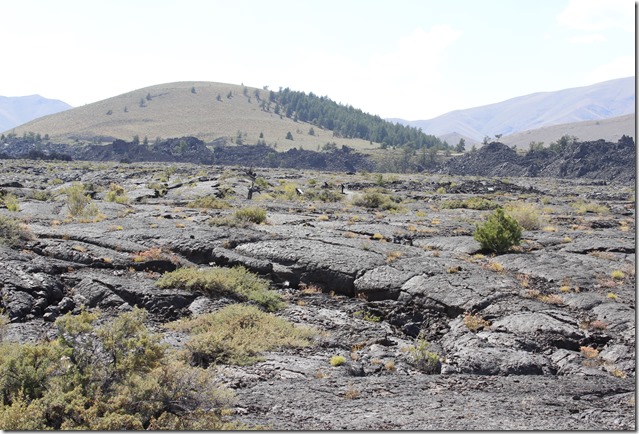
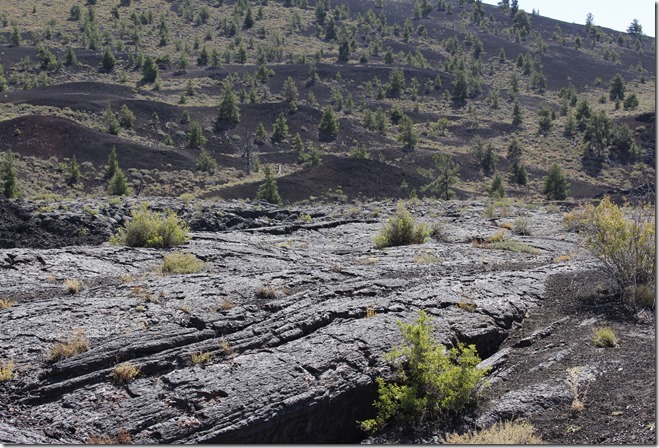
It’s a pretty ugly and barren area but so fascinating.

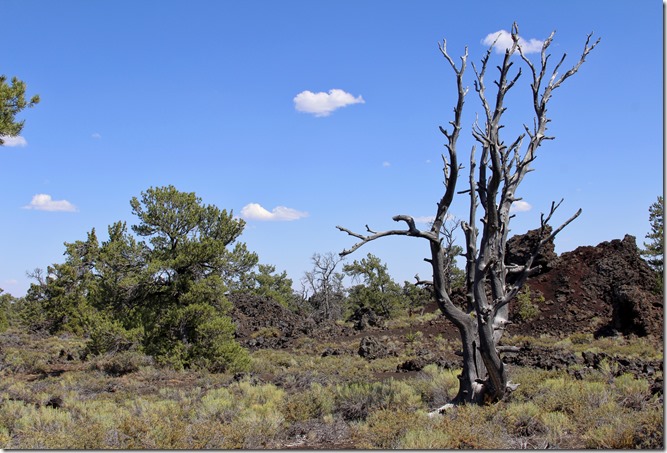
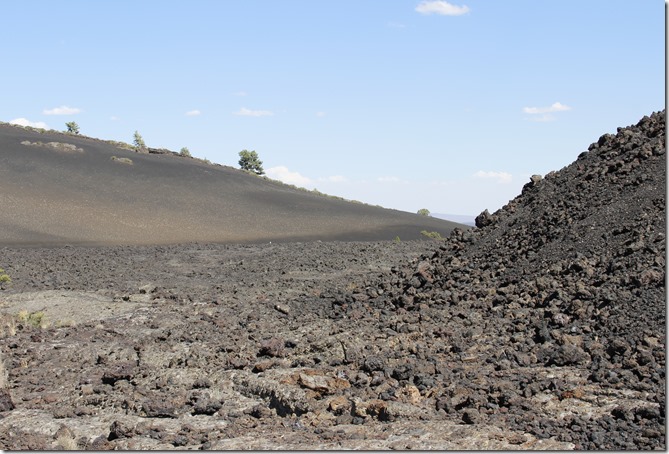
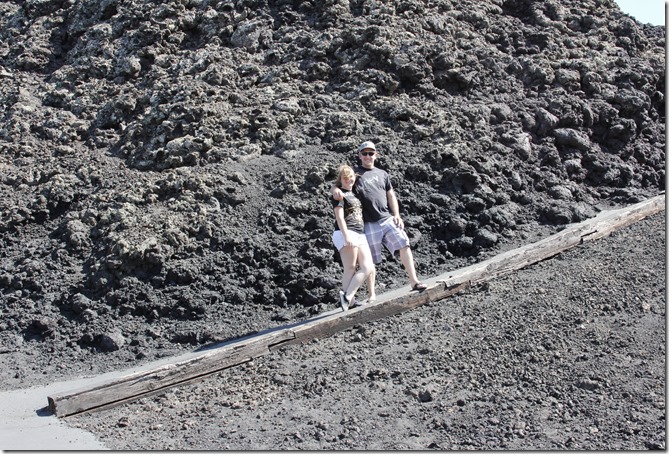
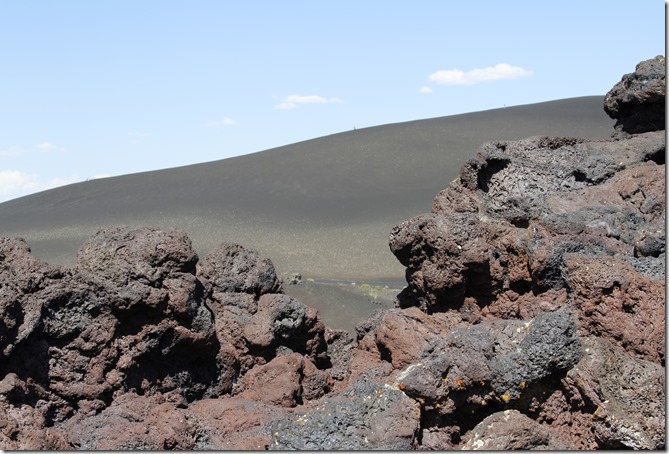
Over the past 30 million years, this region has experienced extensive stretching. A recent example of these on-going forces was the 1983 Mount Borah earthquake. During that event the highest point in Idaho, Mount Borah, got a bit higher when a magnitude 6.9 earthquake occurred across the base of the Lost River Ranger. Mount Borah rose about 1 foot and the Lost River Valley in that vicinity dropped about 8 feet. On the Eastern Snake River Plain, rather than producing mountain ranges, these tensional forces have triggered volcanic activity. The stretching of the crust releases pressure on the hot rocks below causing them to melt. The magma can then travel to the surface along planes of weakness like the Great Rift. As long as these forces continue to act, more eruptions will eventually occur. The time between eruptive periods in the Craters of the Moon Lava Field averages 2,000 years and it has been more than 2,000 years since the last eruption.
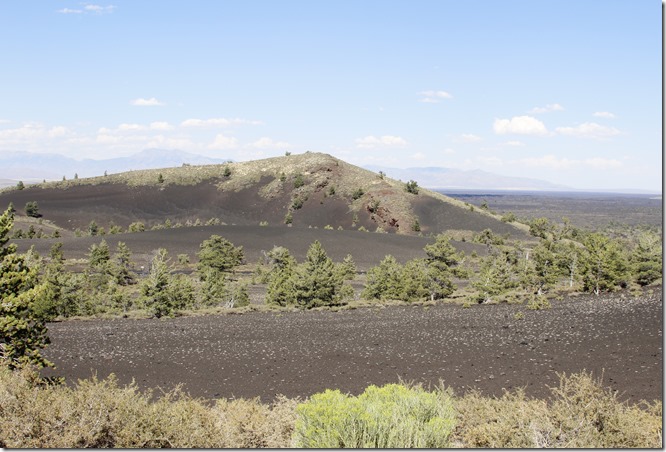
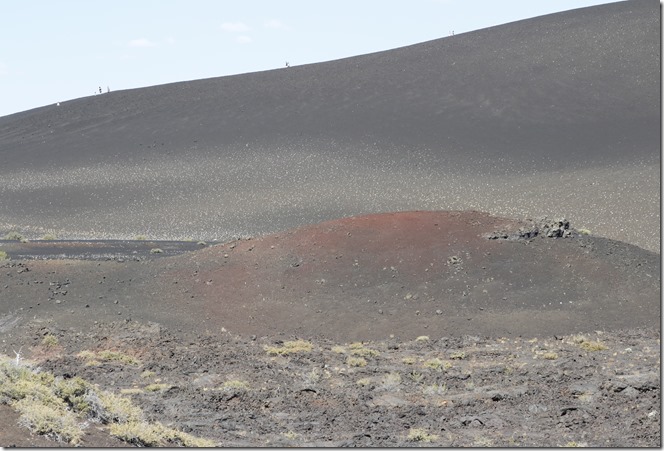
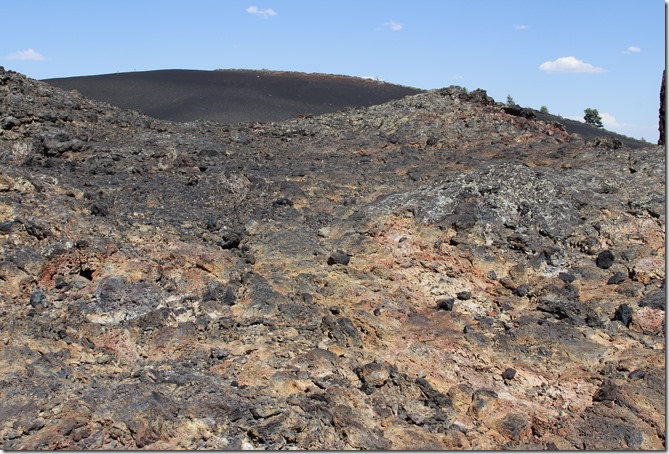
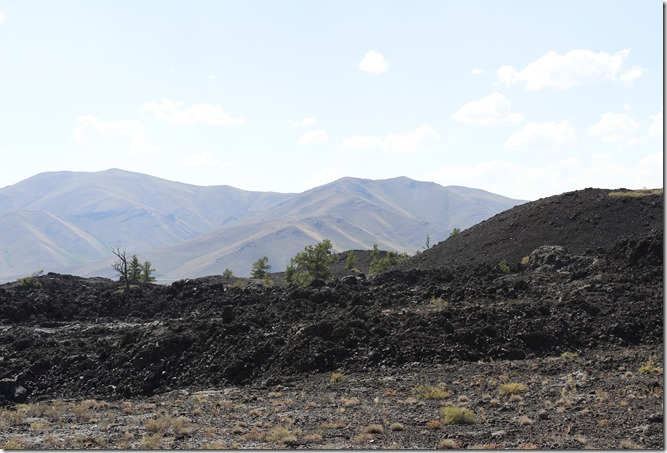
The volume of past eruptive events suggests that slightly over one cubic mile of lava will be erupted during the next event. In the past, eruptions in the Craters of the Moon Lava Field have generally shifted to the segment of the Great Rift that has not erupted for the longest period of time. Therefore, the next eruptive period is expected to begin along the central portion of the Great Rift in the Craters of the Moon Lava Field, but may well propagate to the northern part of the monument in the proximity of the loop road. Initial flows, based on past performance, will probably be relatively non-explosive and produce large-volume pahoehoe flows. Eruptions from potential vents on the northern part of the Great Rift may be comparatively explosive and may produce significant amounts of tephra (airfall material ejected from a volcano), destroy cinder cones by both explosion and collapse, and build new ones.
Until the next eruption, ongoing -but subtle- changes continue to affect the geology of Craters of the Moon. These environmental factors include gravity, weather, as well as other natural and human caused effects on this volcanic landscape.
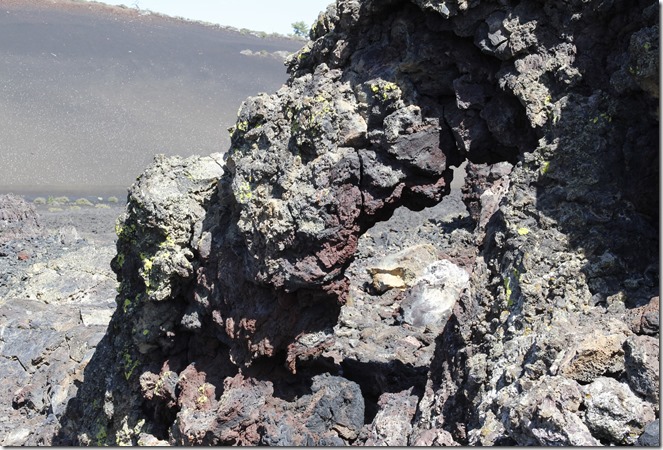
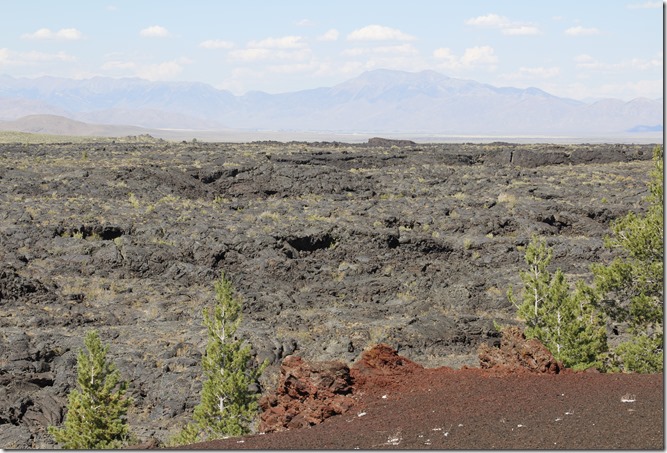

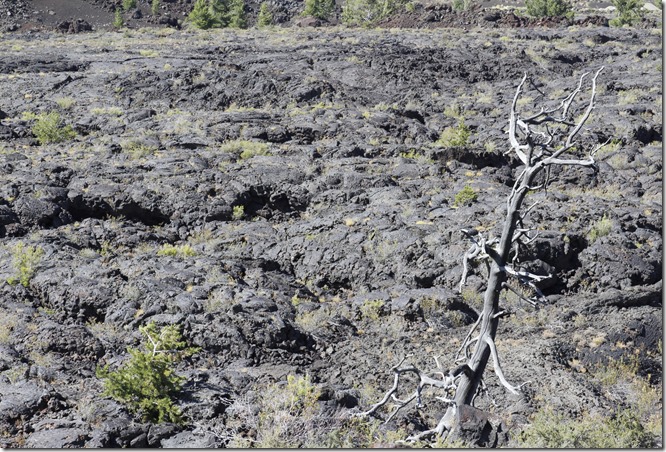
"a weird and scenic landscape peculiar to itself" is how President Calvin Coolidge described Craters of the Moon when he established this National Monument in 1924. Craters of the Moon is perhaps the only officially "weird" park in the National Park System



